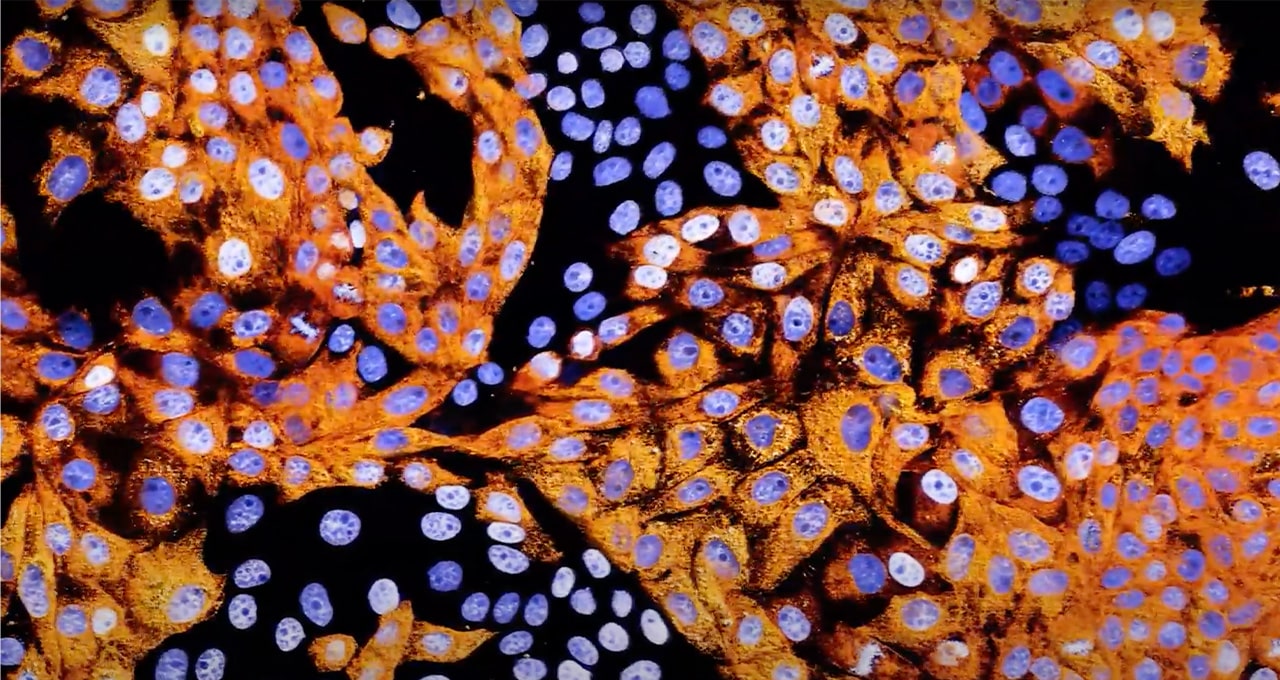Collaboration among researchers, like the scientific community itself, spans the globe.
Universities and enterprises sharing work over long distances require a common language and secure pipeline to get every device — from microscopes and sensors to servers and campus networks — to see and understand the data each is transmitting. The increasing amount of data that needs to be stored, transmitted and analyzed only compounds the challenge.
To overcome this problem, NVIDIA has introduced a high performance computing platform that combines edge computing and AI to capture and consolidate streaming data from scientific edge instruments, and then allow the devices to talk to each other over long distances.
The platform consists of three major components. NVIDIA Holoscan is a software development kit that data scientists and domain experts can use to build GPU-accelerated pipelines for sensors that stream data. MetroX-3 is a new long-haul system that extends the connectivity of the NVIDIA Quantum-2 InfiniBand platform. And NVIDIA BlueField-3 DPUs provide secure and intelligent data migration.
Researchers can use the new NVIDIA platform for HPC edge computing to securely communicate and collaborate on solving problems and bring their disparate devices and algorithms together to operate as one large supercomputer.
Holoscan for HPC at the Edge
Accelerated by GPU computing platforms — including NVIDIA IGX, HGX, DGX systems — NVIDIA Holoscan delivers the extreme performance required to process massive streams of data generated by the world’s scientific instruments.
NVIDIA Holoscan for HPC includes new APIs for C++ and Python that HPC researchers can use to build sensor data processing workflows that are flexible enough for non-image formats and scalable enough to translate raw data into real-time insights.
Holoscan also manages memory allocation to ensure zero-copy data exchanges, so developers can focus on the workflow logic and not worry about managing file and memory I/O.
The new features in Holoscan will be available to all the HPC developers next month. Sign up to be notified of early access to Holoscan 0.4 SDK.
MetroX-3 Goes the Distance
The NVIDIA MetroX-3 long-haul system, available next month, extends the latest cloud-native capabilities of the NVIDIA Quantum-2 InfiniBand platform from the edge to the HPC data center core. It enables GPUs between sites to securely share data over the InfiniBand network up to 25 miles (40km) away.
Taking advantage of native remote direct memory access, users can easily migrate data and compute jobs from one InfiniBand-connected mini-cluster to the main data center, or combine geographically dispersed compute clusters for higher overall performance and scalability.
Data center operators can efficiently provision, monitor and operate across all the InfiniBand-connected data center networks by using the NVIDIA Unified Fabric Manager to manage their MetroX-3 systems.
BlueField for Secure, Efficient HPC
NVIDIA BlueField data processing units offload, accelerate and isolate advanced networking, storage and security services to boost performance and efficiency for modern HPC.
During SC22, system software company Zettar is demonstrating its data migration and storage offload solution based on BlueField-3. Zettar software can consolidate data migration tasks to a data center footprint of 4U rack space, which today requires 13U with x86-based solutions.
Learn more about the new NVIDIA platform for HPC computing at the edge.
